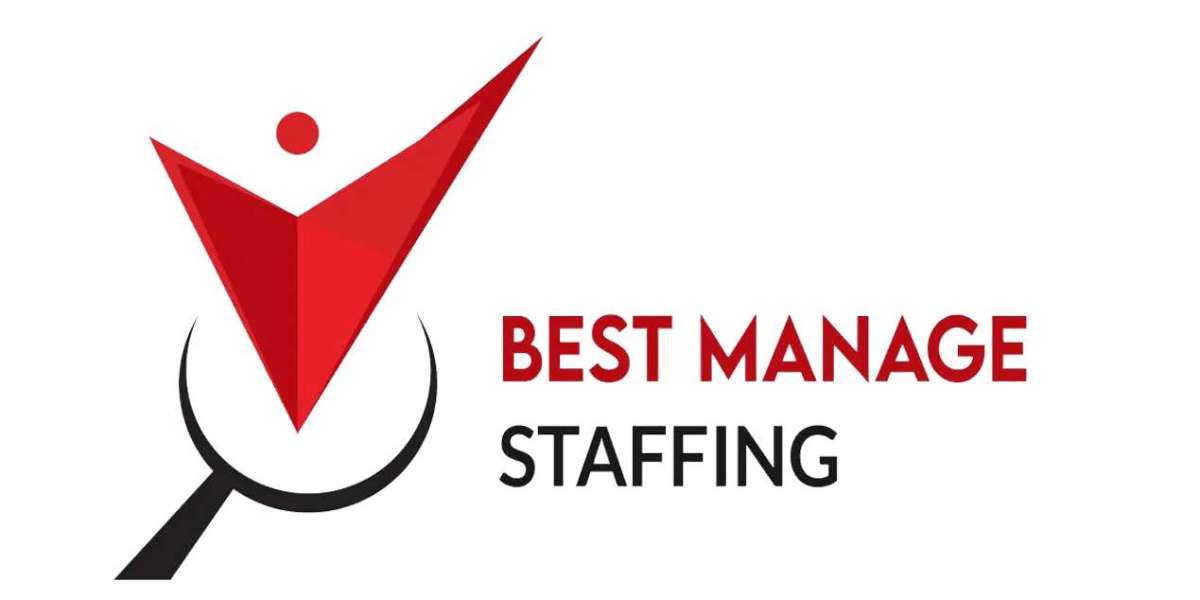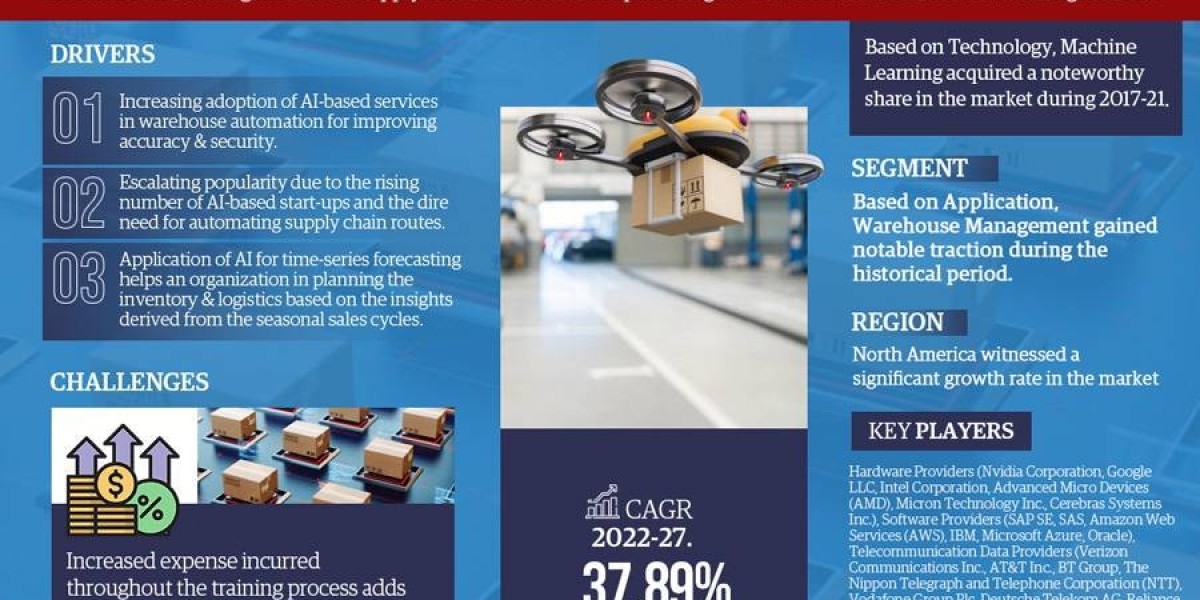Introduction:
In the intricate fabric of business operations, Staffing Management emerges as a pivotal thread that weaves together organizational success. This dynamic process isn't just about filling vacancies; it's about strategically aligning the right talents with the right roles, fostering growth, and nurturing a cohesive workforce. This article delves into the world of [Staffing Management], unveiling strategies, potential roadblocks, and insights to empower businesses in sculpting a harmonious and productive work environment.
Unveiling the Core Strategies of Staffing Management
1. Strategic Workforce Planning
Effective [Staffing Management] begins with a deep understanding of the organization's short-term and long-term goals. By aligning staffing needs with business objectives, HR professionals can create a roadmap for acquiring the right talent at the right time.
2. Crafting Compelling Job Descriptions
Job descriptions act as the first point of contact with potential candidates. Crafting well-defined job descriptions that encompass responsibilities, expectations, and growth opportunities can attract candidates who align with the company's vision.
3. Leveraging Technology for Efficiency
In the digital age, technology streamlines [Staffing Management] processes. Applicant tracking systems (ATS), data analytics, and AI-powered tools help identify top candidates, track applications, and improve decision-making with data-driven insights.
Navigating Challenges in Staffing Management
1. Talent Shortages in Competitive Markets
In certain industries, finding skilled talent can be akin to searching for a needle in a haystack. Staffing Management must embrace creative recruitment strategies, tap into diverse talent pools, and consider offering attractive benefits to stand out in competitive markets.
2. Balancing Skillset and Cultural Fit
Striking the right balance between a candidate's skillset and their fit within the company culture is a delicate task. [Staffing Management] must weigh both aspects to ensure that new hires contribute effectively while harmonizing with the existing team.
3. Diversity and Inclusion Initiatives
Promoting diversity and inclusion isn't a buzzword; it's a strategy for innovation. [Staffing Management] needs to proactively attract and retain a diverse talent pool, fostering an environment where different perspectives thrive.
Frequently Asked Questions about [Staffing Management]
Q1. What is [Staffing Management], and why is it important?
Staffing Management involves strategically aligning the right talent with the right roles to drive organizational success. It ensures that an organization's workforce is capable, motivated, and in sync with the company's objectives.
Q2. How does technology influence modern [Staffing Management]?
Technology enhances [Staffing Management] by streamlining processes, improving candidate experience, and enabling data-driven decision-making for optimized workforce management.
Q3. What challenges can arise when implementing diversity and inclusion in Staffing Management?
While diversity and inclusion are crucial, challenges might include unconscious biases, lack of diverse talent pools, and resistance to change. Staffing Management must proactively address these challenges to foster an inclusive work environment.
Conclusion:
Staffing Management isn't confined to recruitment; it's an art of aligning people with purpose. By strategizing, leveraging technology, and nurturing diversity, organizations can fortify their workforce to overcome challenges and seize opportunities. In the ever-evolving landscape of business, [Staffing Management] stands as a compass, guiding companies toward a cohesive, talented, and harmonious workforce that propels them to reach new heights of success.








